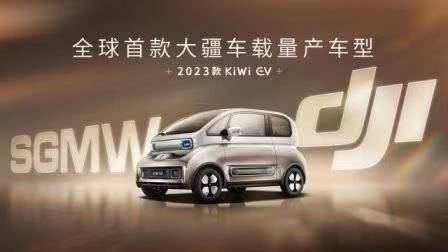Joey’s Article
Recently, SAIC-GM Wuling and DJI revealed their first strategic cooperation model for a car – the 2023 KiWi EV. This is the world’s first mass-produced car equipped with DJI’s intelligent driving system. When I saw this news, I thought of the recent popular phenomenon of New Oriental Live, especially the “Terracotta Warrior” host, Dong Yuhui.
Like Dong Yuhui, who has learned a lot of knowledge, he suddenly changed his stage, which is undoubtedly a big setback for many people in their lives. However, this young man was not discouraged.
Dong Yuhui can promote steaks in English and can also use poetic language to make someone who has been to his live broadcast room four times buy a bag of rice every time. He jokingly calls himself a vegetable seller, but everyone is attracted to his profound knowledge and talent.
In short, many people may not have thought that watching live broadcasts and buying cheap goods, which were originally considered least nutritious by outsiders, have been sublimated into a cultural “pilgrimage” and an amazing shopping experience of spiritual and material civilization.
But what does this have to do with DJI’s participation in car manufacturing? What I want to say is that outstanding people are excellent no matter what they do. In my personal opinion, I am willing to believe and hope that DJI can make new breakthroughs in the new field.
In fact, as early as the second half of 2020, there were rumors that DJI would enter the car manufacturing industry, but when they really dived into it, it seems that everyone will come up with a small question: What does DJI rely on to enter the automotive industry? What leading technology can DJI contribute to the automotive industry?
Not just gimmicks, but confidence
How strong is DJI? According to publicly available information, DJI currently has a 90% market share in the domestic market and a 76% market share in the global market, which means that three out of four drones are from DJI. And this technology-driven company with a market value of 160 billion yuan has not thought about going public through an IPO so far.
Obviously, such a company that focuses on the field of small spacecraft, which only wants to earn a living through technology, and doesn’t even want to think about IPO, has already been incompatible with the entire automotive industry environment where everyone wants to engage in stocks.When it comes to making cars, particularly intelligent cars, it may not seem to be in line with DJI, a company created by Wang Tao, an engineering man who is fully dedicated to focusing on what they do and is filled with a scientific and technological atmosphere.
But luckily, making cars is an accumulation of science and technology. This is not considered a violation of the rules.
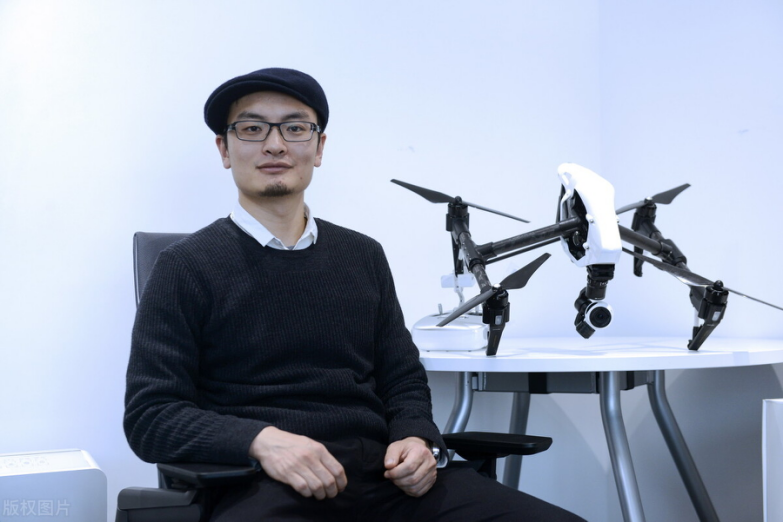
Anyway, almost everyone is joining the race to make cars and intelligent electric vehicles. Baidu, which engages in internet business, is in this field; Xiaomi, which makes small electronic appliances, is in this field; Huawei, which devotes itself to mobile phones, high-speed mobile internet, and artificial intelligence, is also in this field; even Niu, which produces electric bicycles, is still in this field.
So why can’t DJI do it?
According to Kiwi EV, a partner of DJI, DJI’s profound camera technology accumulated in unmanned aerial vehicles will enable KiWi EV to achieve city driving and intelligent parking, and reasonably dispatch computing power with sensors to define intelligent driving scenarios to meet users’ smart driving needs in all scenarios from getting into the car to driving to parking, especially common city highways, congested city areas, and diverse parking scenarios.
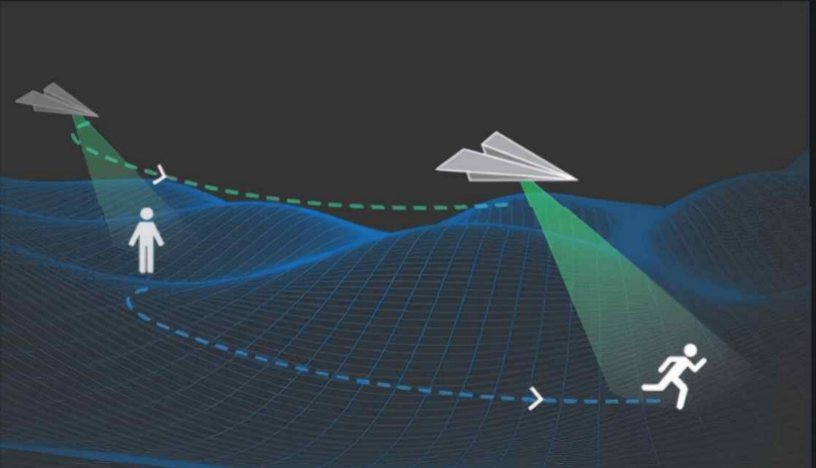
From the beginning of the birth of small and micro unmanned aerial vehicles like DJI, one of the most important functional points is to avoid obstacles. Currently, there are five key core technologies that are important in unmanned aerial vehicles. In addition to aerodynamic design technology that is more suitable for flight and materials technology that reduces weight, there are flight control technology to stabilize the aircraft itself during flights, wireless communication and remote sensing technology that can be connected to the operator in real-time to receive instructions, and information transmission technology that can transmit captured images. These have the same logic and principles as the current intelligent driving assistance system of intelligent cars.
DJI’s “Make Cars” Logical Thinking
Of course, cars cannot fly, so the application of the flight control system on cars is actually limited. However, as a core component of unmanned aerial vehicles, the highly confidential computation code of the flight control system actually has a very important product point, which is to realize the height and position hold of unmanned aerial vehicles.
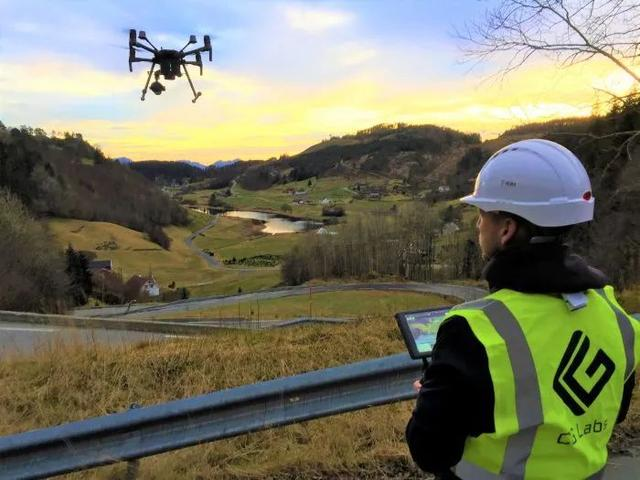
That is to say, when it can be applied on cars, you will find that it will have the opportunity to combine the vehicle with HD maps to display different altitudes. This important point maybe a very important product point used in intelligent navigation, especially in a magical city like Chongqing with eight dimensions.The most critical obstacle perception, guidance flight technology, and inertial guidance technology of drones are obviously more suitable for application in intelligent driving assistance technology. Through these technologies, drones can make judgments on surrounding objects and flight environments and achieve autonomous and follow-up flights under certain conditions.
This technology, which locates coordinates through the navigation system and judges the surrounding environment based on the sensing system, can also be applied to the intelligent driving assistance function of cars. It plays a role in autonomous driving, navigation, positioning, following, obstacle avoidance, and other functions.
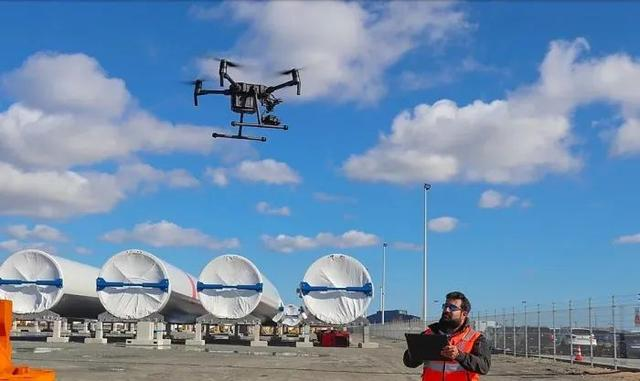
In addition, the function of drones in photography and image transmission can also become a practical tool for intelligent car information interaction. For example, drones generally use microwave communication to achieve interconnection with operators. This transmission distance of microwaves can generally reach tens of kilometers. In the future, this efficient long-distance information interaction can be applied to multi-dimensional information interaction between intelligent driving cars and transportation infrastructure as well as cars traveling on roads.
Moreover, a critical supporting technology in the data propagation path of drones is to transmit the images taken back. Speaking of this, you should think of the visual perception system and the information transmission data link technology based on the 5G network. In the actual application scenarios of drones entering intelligent cars, the cameras that previously performed the functions of shooting images and videos can completely play a role in the field of visual perception detection required for automatic driving. The real-time high-speed information interconnection and feedback achieved by relying on the 5G high-speed network can help vehicles interact with transportation facilities during the formal process and help realize the practical application of technologies such as remote intervention for faulty vehicles.
More importantly, DJI can also use technologies such as OcuSync, which rely on wireless signal transmission, to transmit images to achieve far better link performance than Wi-Fi and general image transmission at various rates, and ultimately improve the visual information transmission capabilities of intelligent driving cars.
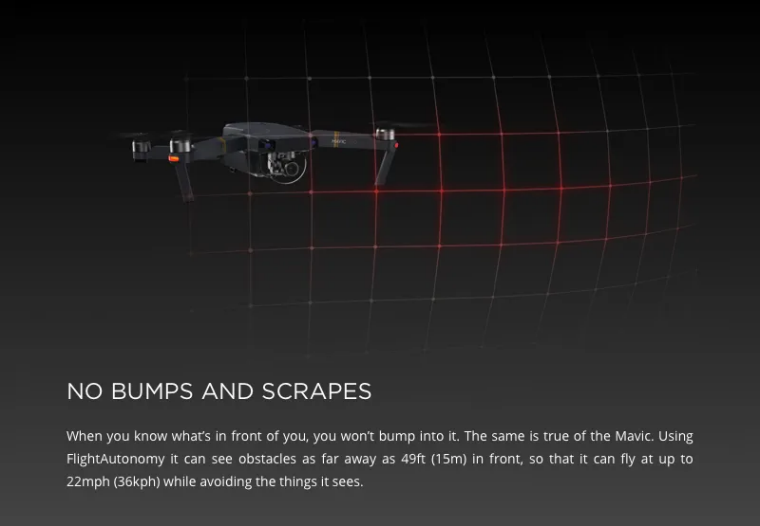
Yes, if you understand the principles of drones and DJI’s technological strength, you will find that this is not just a pure boast. In fact, the theory that is now applied to intelligent cars has been applied and implemented in drones earlier.
Even in a sense, if it is just completing these L2 level intelligent driving assistance technologies, I would rather believe in DJI than in other technology companies. Because in their research and development of intelligent driving, there has always been a bottleneck that needs to be overcome, which is the continuous increase in computing power but no fundamental breakthroughs or bottlenecks that can be achieved practically.## AI that integrates knowledge and action is the most efficient
Today, more and more automotive brands are depicting intelligent cars as AI robots with mobility capabilities. But how difficult is it to achieve this level of mobility?
In the 1980s, a person named Hans Moravec proposed the famous “Moravec’s paradox,” which means “it is easy for robots to demonstrate adult-level performance in intelligence tests and activities such as chess, but it is very difficult or even impossible for robots to show the performance of a one-year-old toddler in perception and action.”
How does this paradox manifest in real-world robot applications?
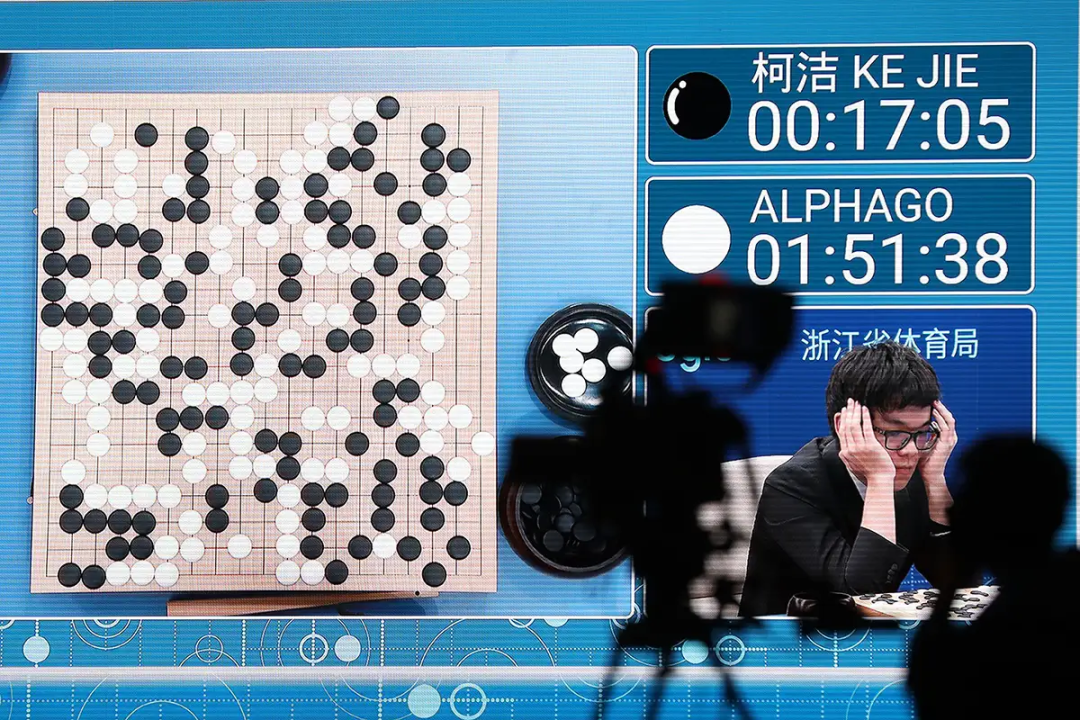
In 1997, the supercomputer Deep Blue defeated the world’s top chess player, Kasparov. In 2016, Google developed AlphaGo, which easily defeated Lee Sedol, and the following year defeated Ke Jie. However, an important issue is that even after AlphaGo calculates the moves in Go, it still needs humans to place the stones. Obviously, knowing what to do is one thing, but completing the action in the physical world is a more difficult problem.
This undoubtedly resembles intelligent cars today. They have the computing power of several hundred TOPS or even 1000 TOPS per second (1 TOPS represents one trillion calculations per second), but in reality, they can only perform simple intelligent driving assistance.
More long-tail problems still require continuous data collection and collection through rule-based methods. That is, by collecting cases, performing calculations to give the best solution, and then upgrading and covering system commands. Actions such as following, avoiding, braking, and changing lanes are only simple commands and cannot achieve fully autonomous driving.
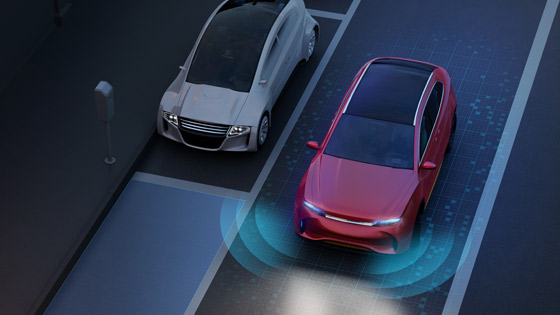
In short, the key to cracking Moravec’s paradox is to use less computing power to efficiently perform the most reasonable actions to achieve better intelligent driving assistance.
Unlike manufacturers who have not learned to walk but are eager to create L2+++ level intelligent driving assistance systems and vow to break through the L3 bottleneck at any time, DJI’s goal in starting to make cars is to first improve the L2 level intelligent driving assistance experience.DJI hopes to create a more continuous driving experience with less intervention by the driver and passengers. With more support from regulations, policies, and infrastructure, they plan to upgrade to level 3 or 4 autonomous driving. Although DJI may not currently use these technologies in smart cars, they have already been tested on DJI’s aircrafts.
About two years ago, DJI’s UK dealer, Heliguy, collaborated with CG Labs and Lorenz Technology to develop an onboard “supercomputer”. This computer allows drone operators to pre-program flight and use drone to perform automatic tasks and improve data security.
If this technology continues to mature, it could be applied to future cars, which will break the Moravec’s paradox.
KiWi EV’s partnership with DJI is a great deal. By using the most mature technology, KiWi EV will obtain the most mainstream and stable technology at the lowest acquisition cost. This is the key to the most economical and efficient way to have high integration and intellectual modules.
Another important factor is cost savings. Controlling weight and volume is the most important task for limited capacity drones that require efficient and long-range flight. Therefore, high integration and intellectual modules with optimal design are necessary for these functions to work correctly.
Choosing the right device and improving the optimized device are the best ways for products and manufacturers such as KiWi EV, which emphasizes the advantages of cost-effectiveness. Investing in or developing chips is truly a large expense for such low-profit products.
In addition, there is an undeniable growth factor. DJI’s drone technology has been continuously improving. For example, DJI has previously launched the Zenith L1 product, integrated with Livox LiDAR module, high-precision inertial navigation, and mapping cameras. In the industry as a whole, solar photovoltaic and hydrogen have also become new energy models for drones under development.These technologies can still be applied in the next development of intelligent and new energy vehicles.
At this time, let’s take another look at the collaboration between DJI and KiWi EV, which is undoubtedly a more practical approach. Because, for a positioning like KiWi EV’s pure electric small car, which costs less than 100,000 yuan, investing heavily in computing power and hardware “arms race” is not a cost-effective account.
And DJI’s choice to enter the car-making field through KiWi EV is undoubtedly a very suitable entry point, as it can quickly transplant and replicate its technology and experience on small aircraft, and can also find more experimental and upgrading stages. From any perspective, it is also a profitable business.
If, like Dong Yuhui, a large number of talented people from various fields enter the live broadcasting industry, it will give a sublimation to the simple low-price buying, giving people more sense of accomplishment and satisfaction while shopping.
Therefore, DJI, a tech-focused engineering straight male, entering the field of intelligent driving assistive technology in the intelligent car industry, is also something that people look forward to. Because it is the strongest in the industry, pragmatic without boasting, lean without waste, and has a prospect of improvement, DJI is more credible and reassuring than those brands that can understand each word but are clouded when put together, making people more hopeful and confident.
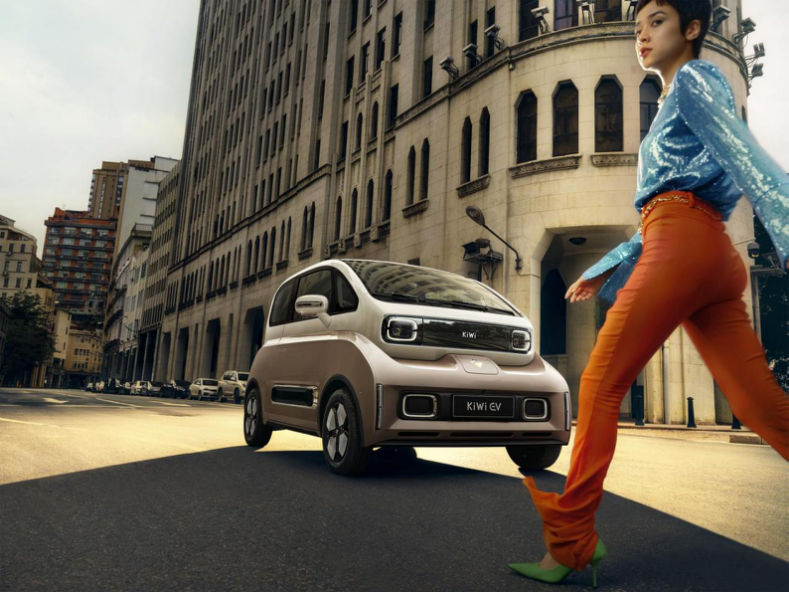
This article is a translation by ChatGPT of a Chinese report from 42HOW. If you have any questions about it, please email bd@42how.com.
